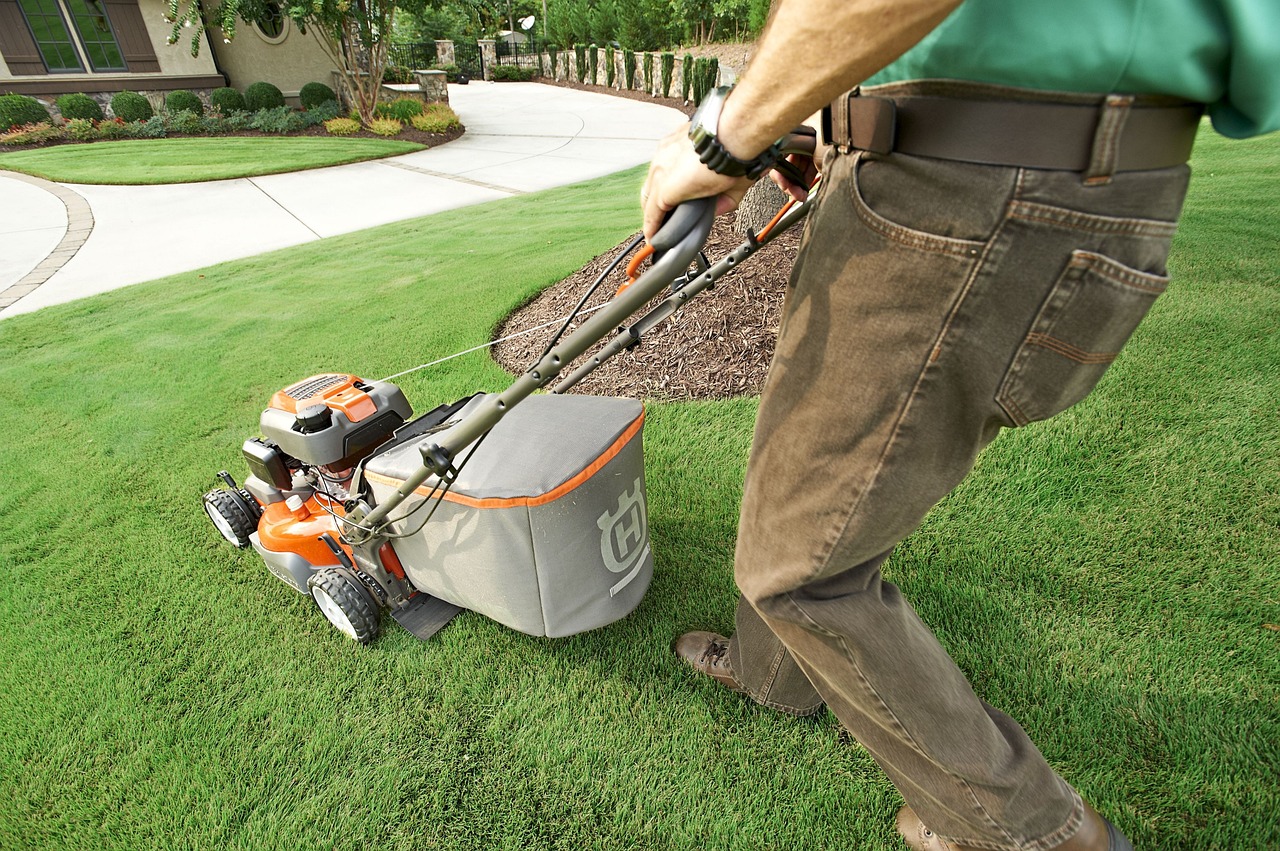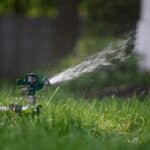What’s the best way to maintain your Colorado lawn? Follow these tips for creating and managing your new sod grass.
Soil Preparation
• Apply organic matter/compost at a minimum of 3 cubic yards per 1000 sq. ft. optimally apply 6 cubic yards per 1000 sq. ft., especially for hard soils.
• Till 4-6 inches.
• After ripping, amending, tilling, and grading; the soil is ready for planting.
• It is a scientific fact that good soil prep can save 30o/o of the water needed in the landscape.
Water Needs of Newly Installed Turfgrass
WEEK I: This is the most critical time to apply water. New sod may require up to 1/2″ of water per day for the first 2-3 days. Probe the soil to determine if the moisture has penetrated at least 4″.
• The warmer the temperature, the more water you need to apply!
WEEK 2: After the first 7 days water at the rate of 1/4″ to 1/2″ per day for 7 days split up over 1-3 watering periods each day.
WEEK 3: If watering restrictions allow water 1/4″ per day every other day for 7 days. After the first two or three weeks revert to watering 1-2 times per week as local watering restrictions allow, based on the inch per month rates in the chart.
Mowing
- You can mow 10 days to 2 weeks after laying sod.
- Turn the water off for a full day before mowing.
- When mowing never remove more than one third of the leaf blade.
- Mowing height is recommended to be 2 1/2 – 3 inches.
Fertilization
- At the time of installation fertilize with 9 Phosphorus fertilizer.
- Each lawn has different fertilization needs depending on the sod type, environmental conditions, soil type and maintenance.
- The first fertilization of the year should be done in March and the last fertilization in mid-October.
- Bluegrass typically needs fertilization 4-5 times per year.
- Fescue and Fescue blends typically need fertilization 2-3 times per year.
- Canadian Blue Fescue and Colorado Blue Buffalo typically need fertilization 1-2 times per year.
Water Needs of Established Turf
Establishment is Considered to be One Year
- Water needs per month to maintain turf at the various levels of quality; providing the proper preparation, installation and maintenance steps have been taken.
- These water needs are based on Kentucky Bluegrass. Fescue can use up to 30% less water, Colorado Blue Buffalo can use up to 70% less water and Canadian Blue Fescue can use up to 50% less water.




